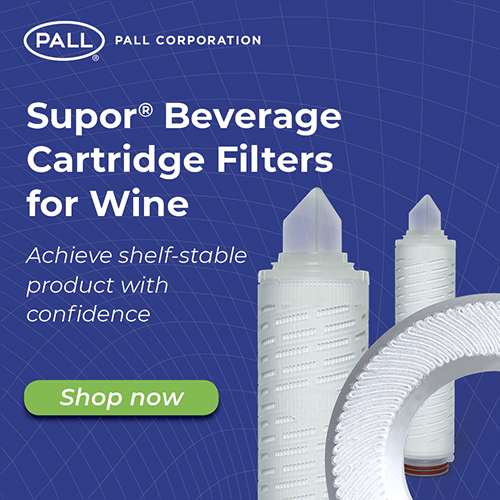The Proper Wine Bottling Process Can Avoid Risk and Significant Losses
Wine bottling is the final step in the production process, but it is also a critically important step, especially where filtration is concerned.
The yeast strains used in the fermentation of wine are typically Saccharomyces cerevisiae or Saccharomyces bayanus.
Yeast cells in bottled wines containing residual sugar can referment causing cloudiness, sediment and a yeasty aroma and flavor. Bottled wines containing sufficient residual sugar may even explode if refermentation takes place.
The process of bottling wine is extensive and requires expertise to preserve product longevity. Implementing a well thought out wine bottling program that includes pre filtration and final filtration will ensure that your brand is protected and that your product quality is consistent. It will also help you avoid the risk and potentially significant losses associated with product recall.
Prior to the bottling of wine, the typical upstream cellar processing includes crossflow filtration or some combination of Diatomaceous Earth (DE) and sheet filtration. Additionally, the wine may have undergone chemical stabilization and/or cold stabilization (tartaric stabilization). At this point, the wine should be free of particles and visually clear (turbidity < 1 NTU) with a filterability index less than 30.
After upstream filtration in the cellar, the storage time prior to final bottling should be as short as possible to avoid contamination, changes to the properties of the wine (oxidation, precipitation) and prevent microorganism growth. Ideally the cellar filtration should occur no more than 3 days before final filtration and bottling.





